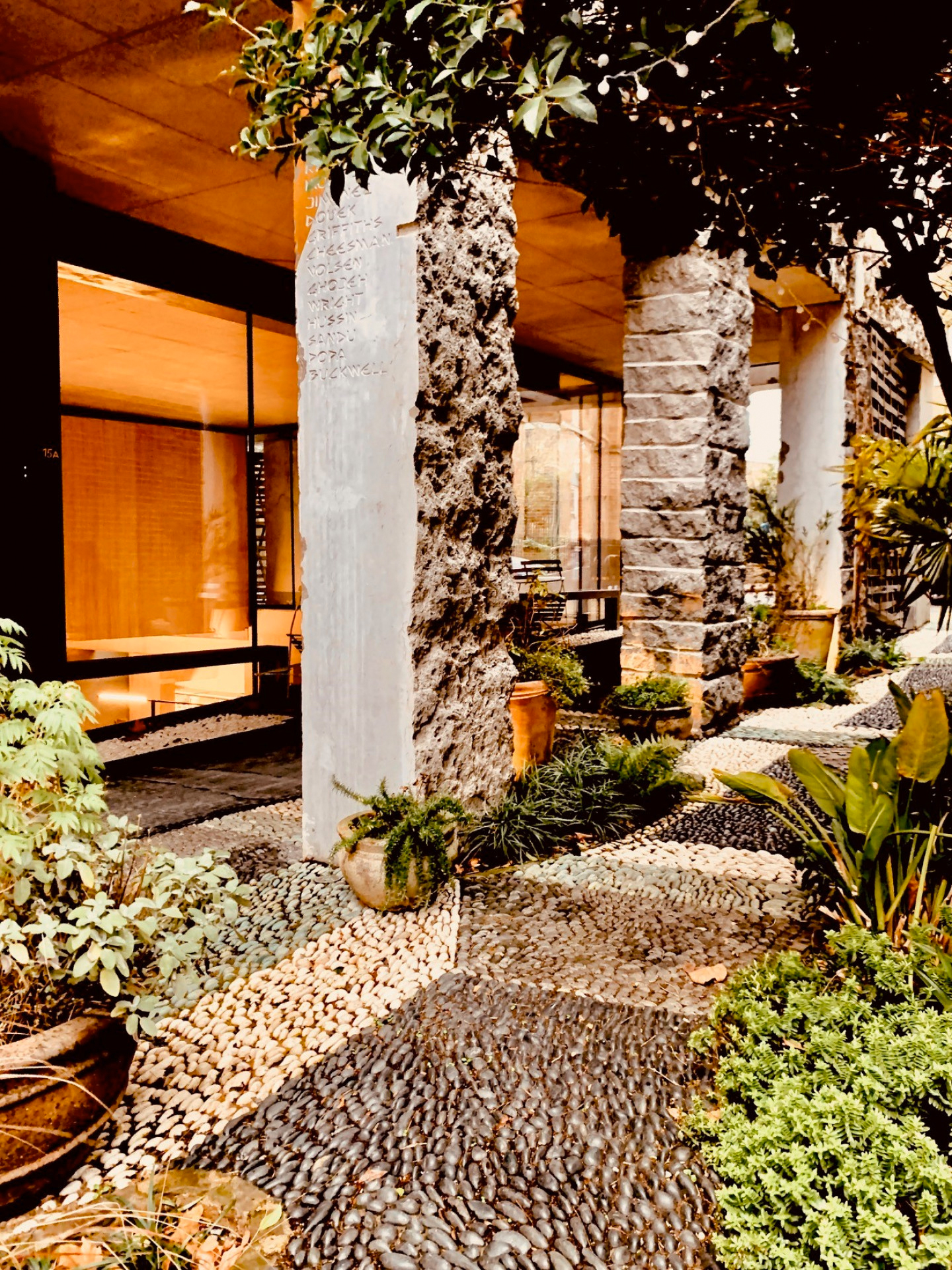Building a skyscraper with stone rather than steel or concrete not only reduces the encapsulated carbon content of the building, it costs less.
That was one of the themes of a much acclaimed exhibition at the Building Centre in London. But just as the exhibition began its two-and-a-half-month run, the Building Centre was closed down by Covid-19. It was the first time it had closed since The Blitz in World War II.
Now, though, the aims of the exhibition have been transferred to the digital realm by the Building Centre. It includes a report called The Stone Tower Research Project, so architects, planners and clients can assess the case for sustainable stone skyscrapers. There will, no doubt, also be many in the stone industry who would enjoy reading it, which you can do here.
The study concludes that using natural stone not only reduces the encapsulated carbon content of the building and its running costs, it also reduces the construction price. Using natural stone it is £2,902/m2; using stone with timber floors it is £2,790/m2; using steel it is £2,984/m2; and using concrete it is £3,015/m2. Worth a look now?
The report says inherently the price of stone extraction, preparation, delivery and erection on site of an exoskeleton and core can be around 25% that for a steel or concrete frame structure.
Jackson Coles' analysis of the market conditions with respect to availability of large-scale suppliers and installers and their relationship to overheads and profits of the main contractor closes such savings.
While the cost of stone and its erection on a 30 storey structure is estimated to be marginally greater than for steel or concrete, the stone saves considerably on the overall cost outcome as both steel and concrete would have to fireproofed, weathered, insulated then clad with stone veneers. These later processes add capital cost and time on site while a load-bearing stone exoskeleton is essentially self-finished.
The exhibition was sponsored by international stone quarrying company Polycor, which produced The Stone Tower Research Project report, and The Stonemasonry Company in Wymonham, Leicestershire, which was also involved.
You can read what the Guardian said about the exhibition and its aims here.

